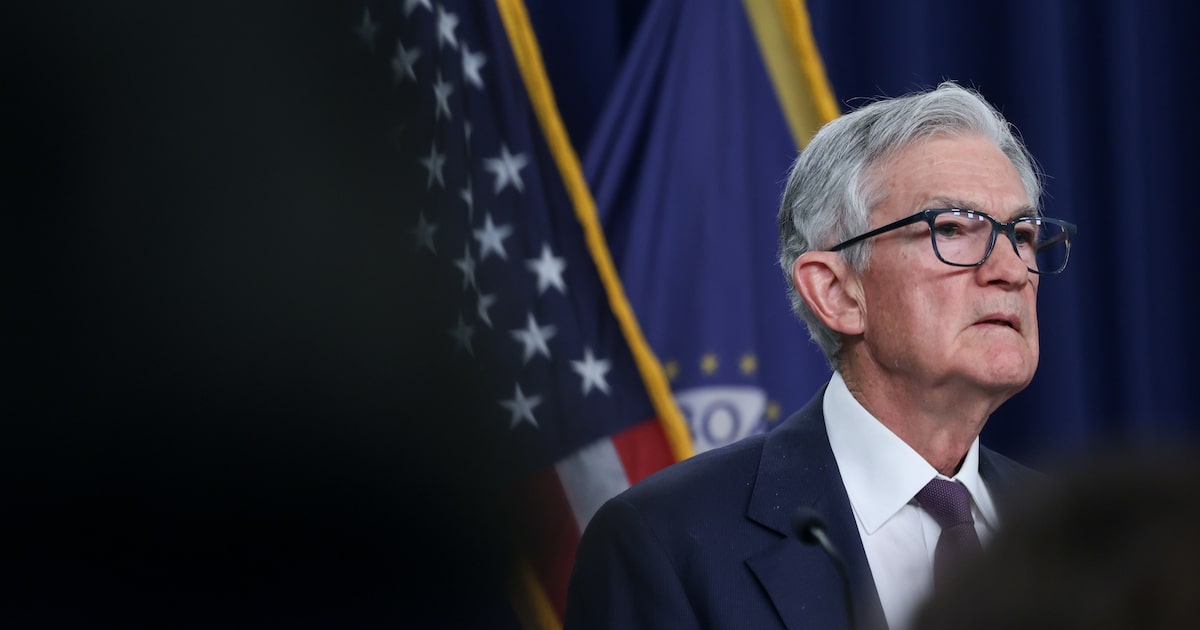Bloomberg — It is widely anticipated that Federal Reserve officials will leave interest rates unchanged for the fourth consecutive meeting on Wednesday. This decision reflects their desire for greater clarity on the economic impact of a broad range of government policy changes before adjusting borrowing costs. Policymakers have cautioned that President Donald Trump’s tariffs could boost inflation and unemployment, but steady hiring and cooling inflation have allowed Fed officials to maintain stable rates this year. “Their wait-and-see approach has served them well so far,” said Brett Ryan, senior U.S. economist at Deutsche Bank AG. “Why deviate now when there’s no urgent reason to do so and with inflation risks still tilted to the upside?” With significant uncertainty surrounding the economic outlook, investors and economists will closely monitor updated economic and rate projections from policymakers. While many forecasters expect officials to signal two rate cuts this year, some economists suggest the so-called dot plot may indicate only one. The Fed’s rate decision will be announced on Wednesday at 2:00 p.m. in Washington, followed by a press conference with Chairman Jerome Powell 30 minutes later. Officials are expected to keep their benchmark interest rate in a range of 4.25%-4.5% and make minimal changes to the statement released after their May 6-7 meeting. They may adjust a line referencing uncertain economic prospects, as trade tensions, particularly with China, have eased since May. Updated projections will be a key focus, offering the first revision of Fed officials’ estimates for growth, inflation, unemployment, and interest rates since March—before Trump announced widespread tariffs. These tariffs initially weighed heavily on U.S. growth prospects, but with many now paused or under negotiation, economists have tempered their more dire predictions. About 26% of economists surveyed by Bloomberg in April forecasted a recession within the next 12 months, dropping to 10% in this month’s survey. Still, forecasters expect policymakers to lower their growth estimates for this year and raise inflation projections for 2025. The median estimate of officials on the longer-run federal funds rate, an approximation of the so-called neutral rate, may continue to rise, supporting arguments for slightly smaller rate cuts in the future. The recent cooling of inflation, with the Fed’s preferred measure at 2.1% in April, just above the central bank’s 2% target, opens the door for questions to Powell about why the Fed isn’t cutting rates yet. While the news is welcome, Powell is likely to highlight the risk of prices rebounding, especially if higher tariffs take effect later this summer as planned. Investors anticipate the next rate cut won’t occur until at least September, with another potentially following in December. Powell will likely avoid making definitive statements about this year’s rate path. He may also face questions about his May meeting with Trump, who has repeatedly urged the Fed and Powell to cut rates. Earlier this month, the president called for a full percentage point reduction, noting that lower borrowing costs would ease the U.S. debt burden. Market participants will watch for any comments from Powell regarding the Fed’s ability to pay interest on reserves held at the central bank—a power granted by Congress in 2006 and implemented in 2008. Senator Ted Cruz of Texas has proposed eliminating this authority, known as IORB, which is crucial for the Fed’s ability to control short-term rates while operating with a substantial balance sheet. With assistance from Alexandra Harris.
— new from bloomberglinea.com
